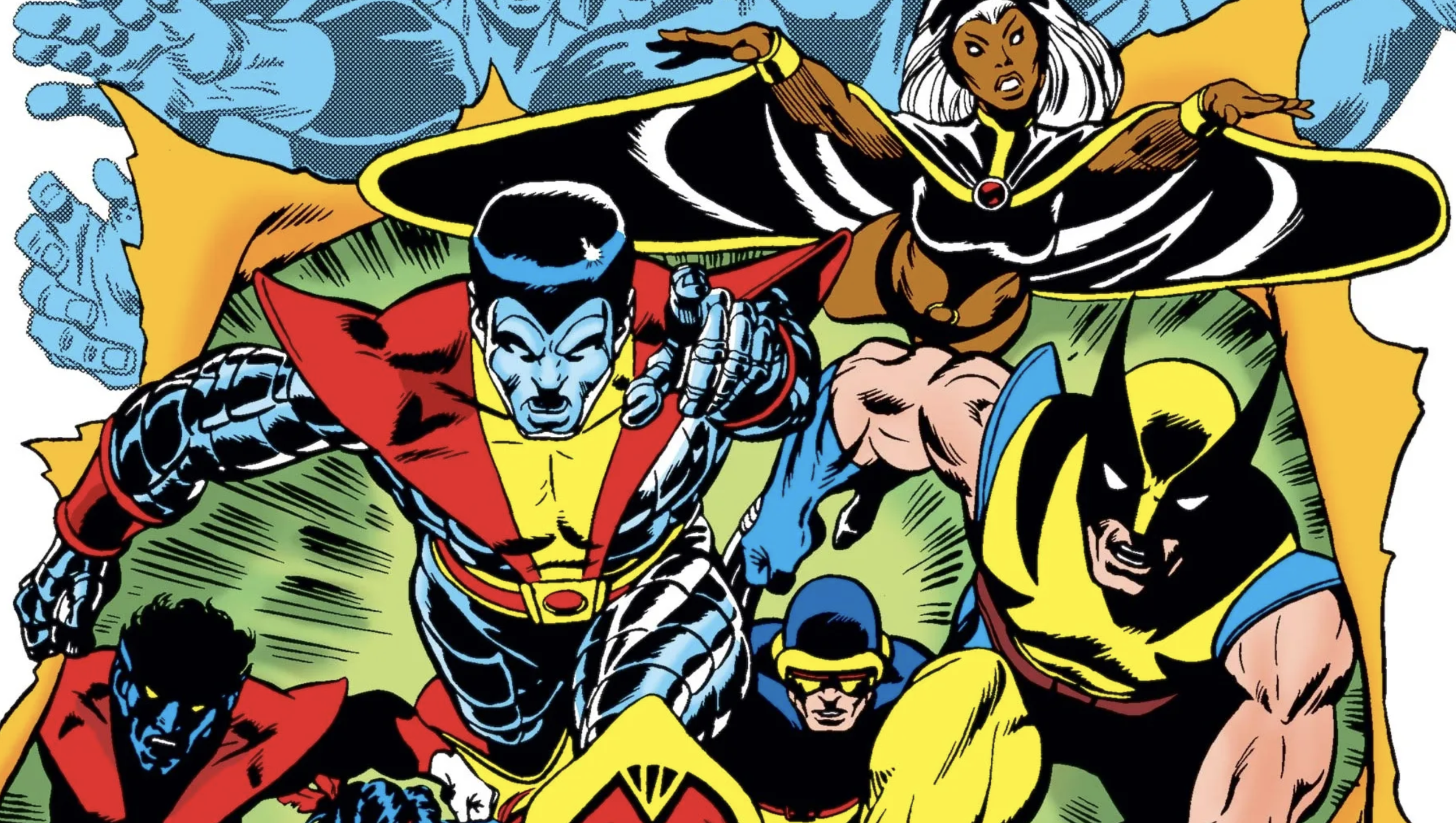The Fusion of Science and Imagination: Exploring the Marvels of Science in Comics
Comics have always been an outlet for creative expression, where reality is stretched, and imagination knows no limits. Although usually associated with superheroes and fantastical adventures, they also serve as a medium for celebrating and exploring science. This article explores the intriguing intersection of science and comics, where creators blend scientific principles with the fantastical to weave compelling narratives.
Marvel Comics
Superhero Origins and Scientific Concepts:
In the world of superheroes, many of the most well-known characters have acquired their extraordinary abilities through a combination of scientific experimentation and advanced technology. Consider, for instance, the case of Spider-Man, who was bitten by a radioactive spider and subsequently developed arachnid-like powers such as superhuman strength, agility, and the ability to cling to walls. Similarly, the Hulk's transformation is the result of exposure to gamma radiation, which caused his body to undergo a radical and unpredictable change. And then there is Iron Man, whose remarkable suit of armour is a testament to the power of cutting-edge technology. But what makes these narratives genuinely fascinating is the way in which they blur the lines between scientific fact and fiction. By weaving together real-world concepts like genetics, radiation, and engineering with imaginative and fantastical elements, superhero stories offer a unique and captivating way to explore the limits of what we know and can imagine.
Educational Value of Science in Comics:
Comics have emerged as a powerful and innovative tool for science education, with leading publishers such as Marvel and DC producing a range of titles that delve into complex scientific concepts in an accessible and captivating manner. By combining vivid visuals with compelling narratives, comics offer a unique approach to exploring everything from the intricacies of the human body to the principles of quantum physics, making science more relatable and engaging for a wider audience. Although comic books don't necessarily reflect reality, they offer a unique perspective on the scientific world.
Marvel Comics
Real-World Inspiration:
While many comics are rooted in fantasy, some draw inspiration from real scientific advancements and breakthroughs. The X-Men comics, for instance, explore the concept of mutation, reflecting the scientific understanding of genetic diversity. Writers often use speculative fiction to ponder the ethical implications of scientific progress, challenging readers to consider the potential consequences of emerging technologies.
Futuristic Technology and Innovation:
Comics have been an excellent medium for depicting futuristic worlds where technology has advanced beyond our current understanding. These stories showcase a plethora of gadgets and inventions that echo ongoing scientific research and predictions. Writers and artists work in tandem to craft a compelling narrative that envisions a future where the advancements in science and technology have transformed society in ways we could only imagine. These imaginative depictions have not only sparked the imagination of readers but have also impacted real-world technological development. Consequently, the influence of these comics on the technological landscape cannot be overstated.
Marvel Comics
Scientist Superheroes:
In contemporary media, scientist superheroes like Reed Richards (Mr Fantastic of the Fantastic Four) and Hank Pym (Ant-Man) are portrayed as problem-solvers who use their intellectual capabilities and scientific expertise to save the day. These depictions promote the significance of critical thinking and innovation, underscoring the vital role of science in society. By highlighting the positive impact of science, such representations contribute to a favourable image of scientists in popular culture.
Environmental Themes:
Comics can address several pressing global issues, and one of the most significant is environmental concerns. Some of the most popular comic book stories, such as Swamp Thing and Captain Planet, have tackled environmental degradation, pollution, and climate change, making them practical tools for raising awareness and inspiring action. By incorporating real-world issues into their narratives, comics serve as a powerful platform to raise awareness and encourage readers to consider the impact of human activities on the planet. This is particularly important given the magnitude of environmental issues we face today, and comics have the potential to play a crucial role in addressing them.
Marvel Comics
Within the comic book world, science isn't just a simple backdrop but a crucial aspect of storytelling. Combining scientific principles with creative imagination allows comic book writers and artists to explore various possibilities that spark curiosity and fascination with the natural world. The fusion of science and art creates a dynamic combination that can educate, inspire, and entertain readers of all ages. As the comic book industry continues to evolve, the relationship between science and this beloved medium will likely become even more intricate, leading to new and exciting avenues for storytelling.





